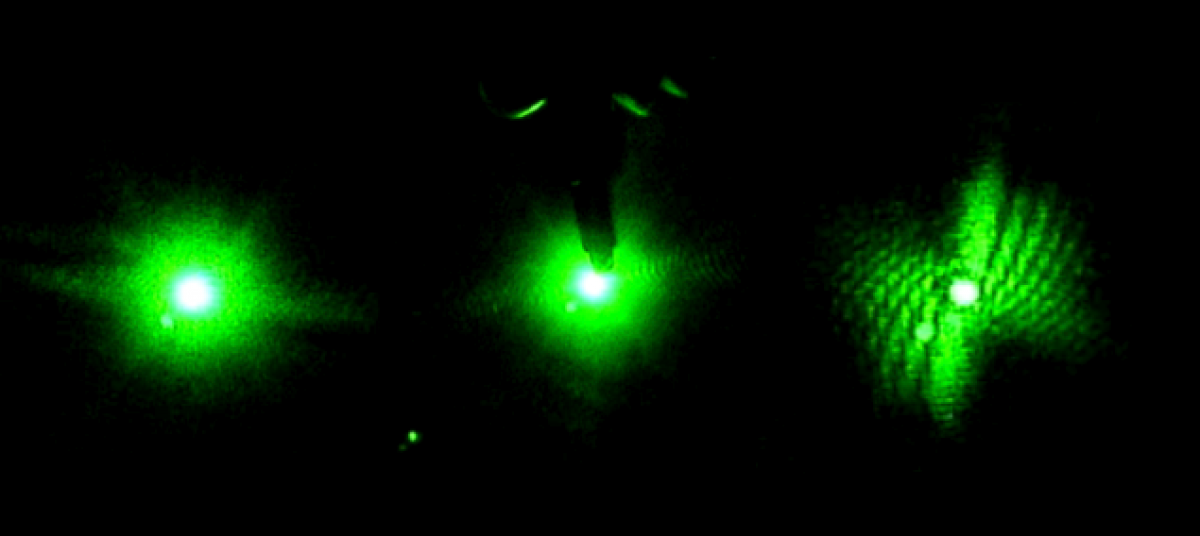Chitin was discovered in 1811 by Henri Braconnot, a chemist who worked mostly with plants and fungi. He originally named it fungine, because it was a main structural component in fungi cell walls. In 1823, chitin was found in insects as well and its name was changed. Chitin bears a close resemblance to the plant structure component cellulose. In fact, the two are close to identical except for the small amount of nitrogen in chitin [6]. The theoretical value of nitrogen in chitin is about 6.85% while experimental results range from 6 to 7% depending on the extraction method used [14].
Pure chitin is a high molecular weight polymer that is formed by anhydro-N-acetylglucosamine residues joined together. These molecules can form very long chains, up to several hundred residues or between 0.1 and 1 microns long. The chains do not branch and are highly ordered [3].
When chitin is in its purest form, it is insoluble in most common solvents, making it an excellent material for the exoskeletons of arthropods. Chitin is also colorless in its macromolecule state, but pigmentation and structural color have been observed in naturally occurring chitin.
Long chains of chitin generally bond together to form larger groups called micelles or crystallites. These micelles have a rhombic shape and can also associate into larger chains called microfibers. Microfibers are the most common macroformation of biological chitin but film structure chitin has also been observed. It is unclear how the chitin chains are ordered in a film structure, but they display interesting optical properties including light interference.
X-ray diffraction experiments show two main kinds of micelle structures, which have been named α- and β-chitin. In both, the height and depth of the unit micelle is the same (9.4 Å depth, 10.4 Å height [14]) but the length of the micelles differ (19.25 Å in α-chitin, 22.15 Å in β-chitin [14].) The form most commonly found in beetles is the α form. There is also a third form, the γ-chitin form, but it is much less common than the first two.
Skip to content
VAOL:Vassar Applied Optics Laboratory
WormRunner Project
